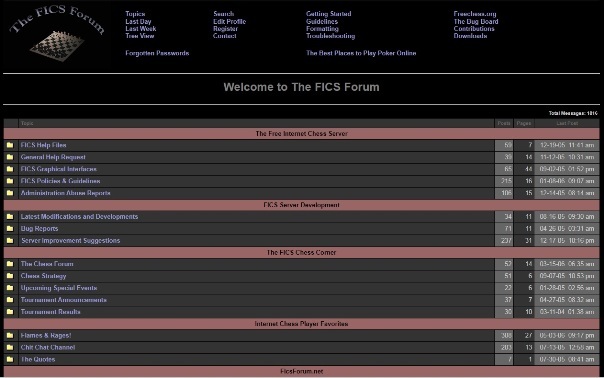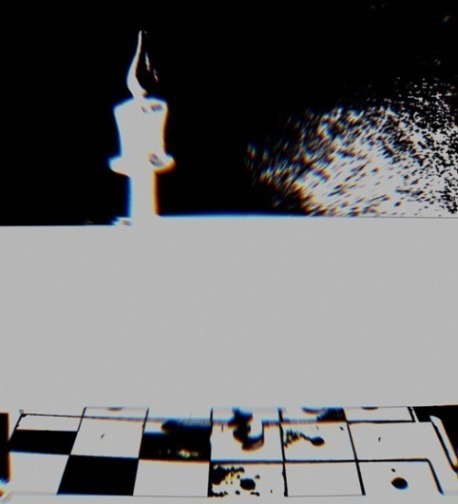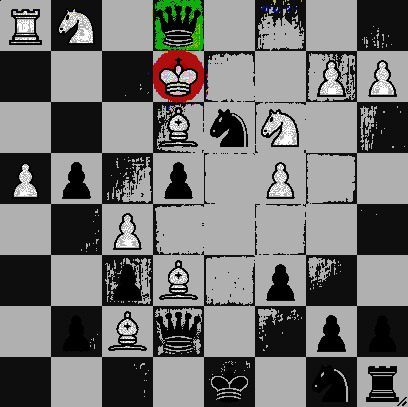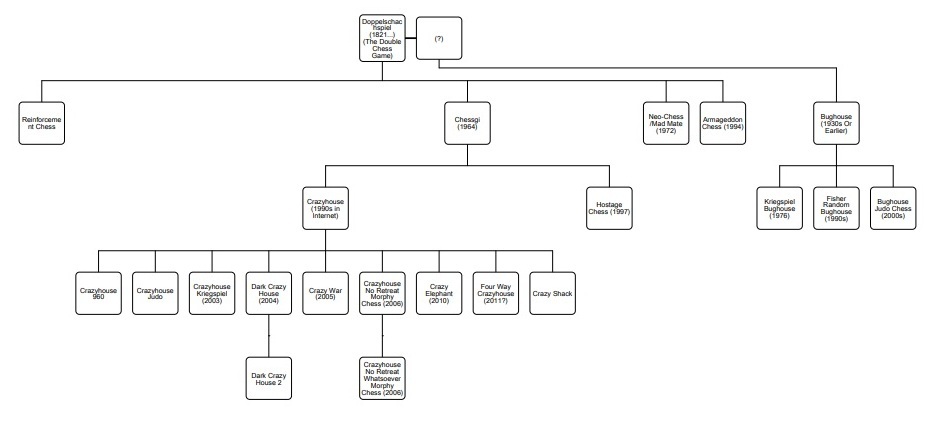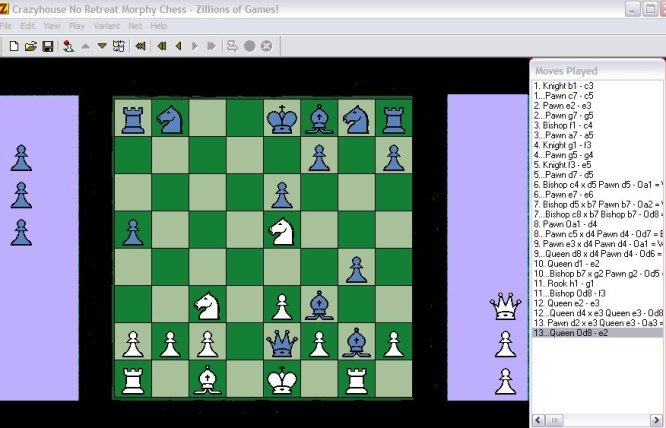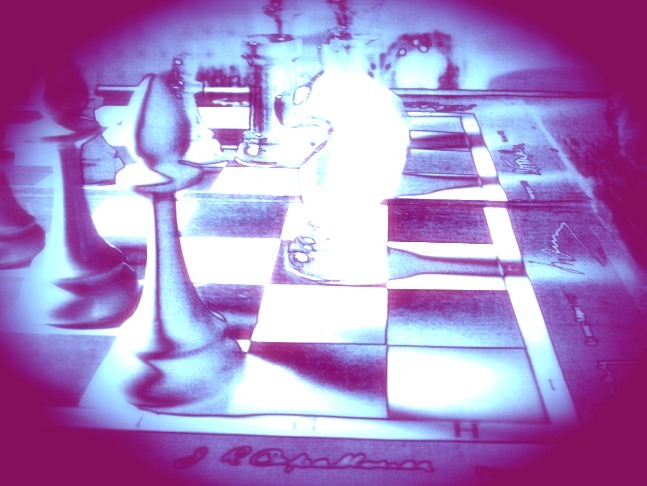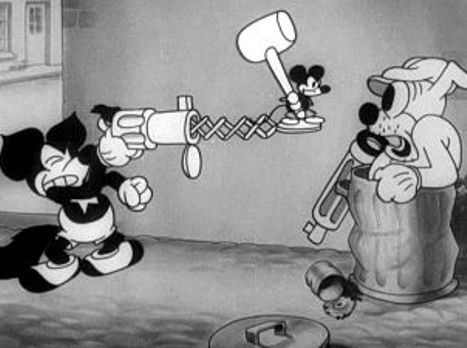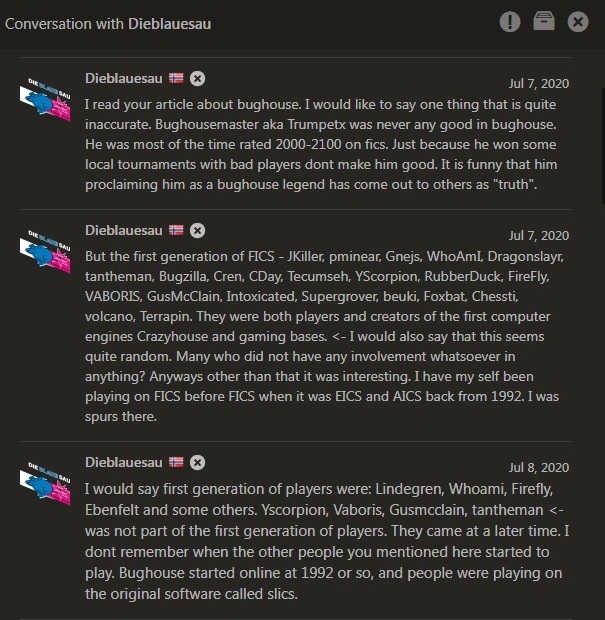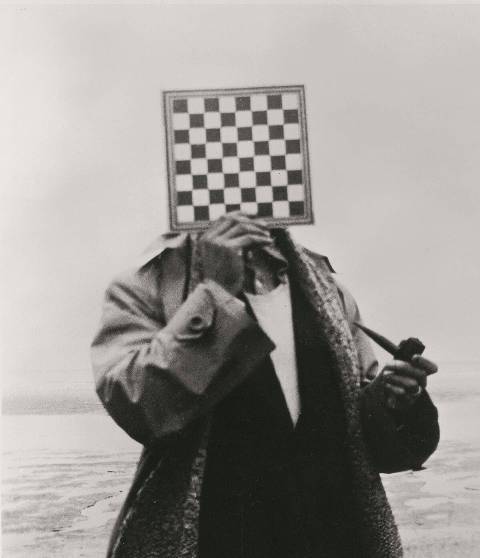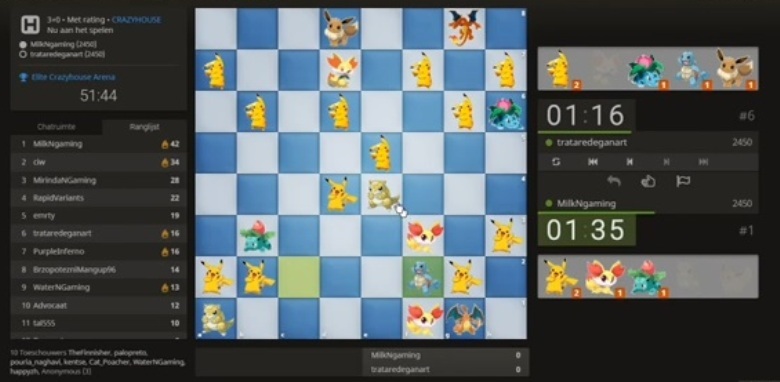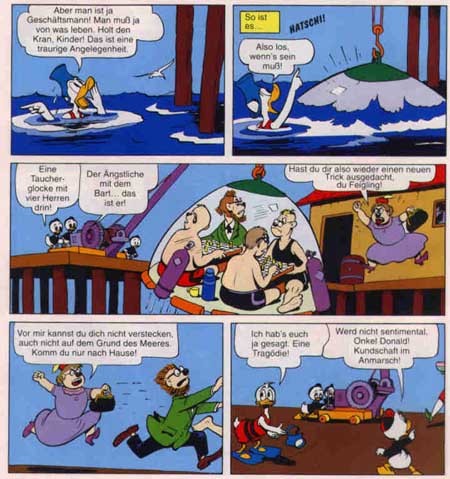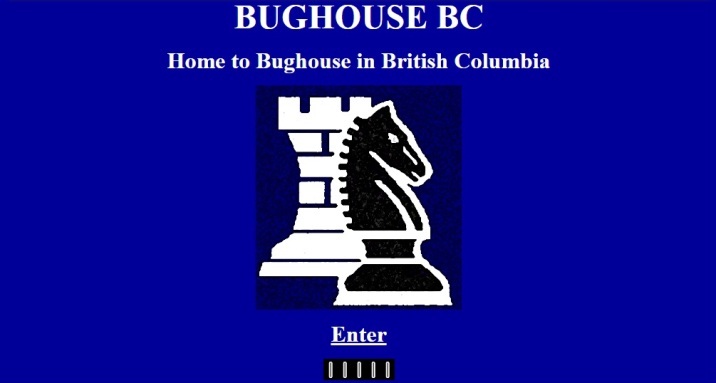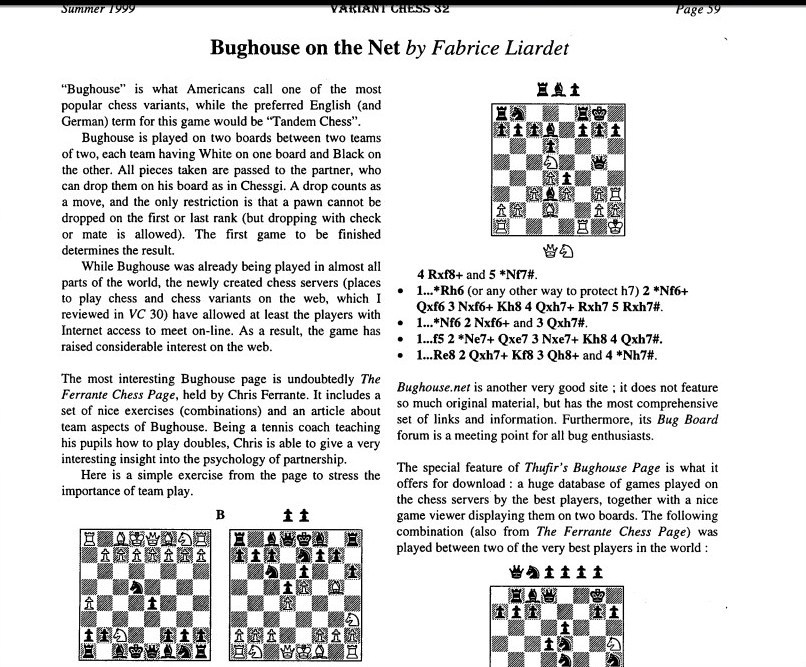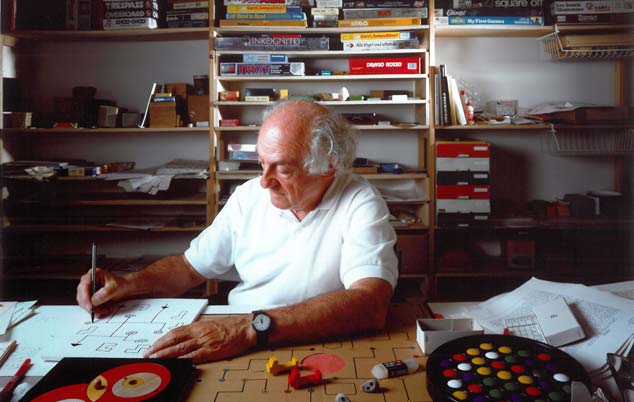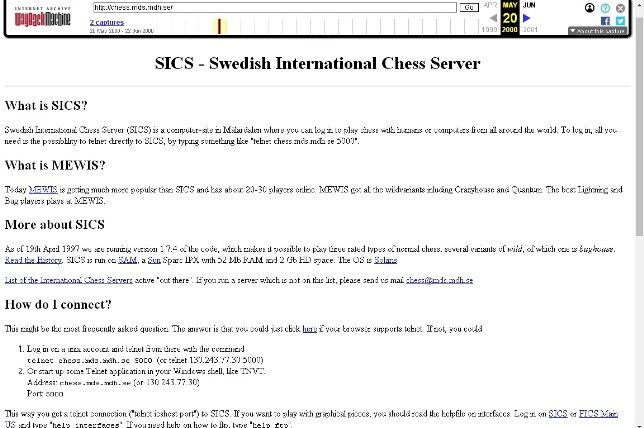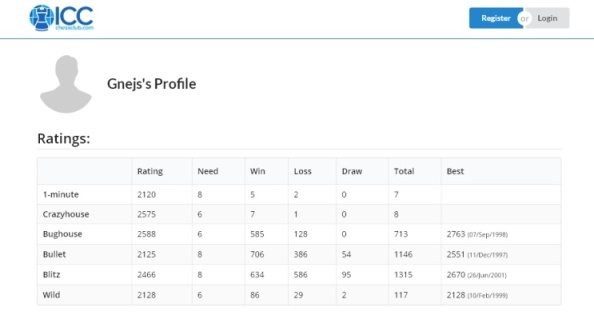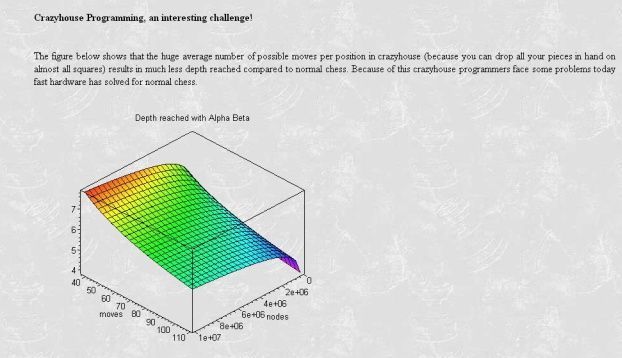Bughouse Openings: Incomplete History
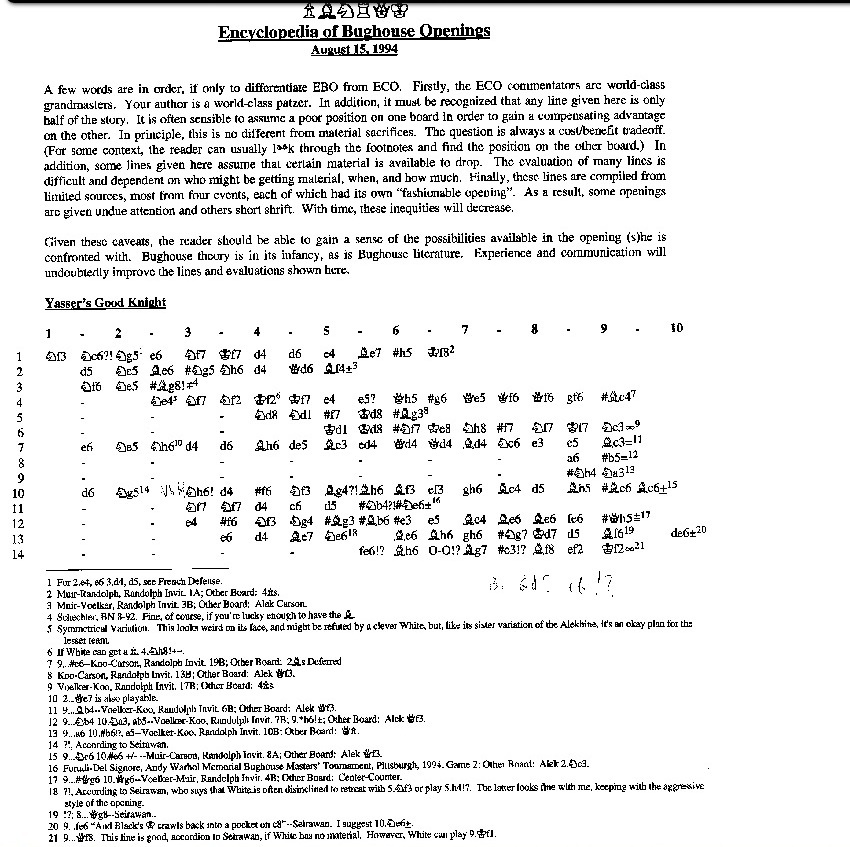
I call history of bughouse openings incomplete because all information is rather disjointed and I doubt anyone can trace their history.
I was also wondering if it is possible to find where the change in the rules of drop for 2 and 7 horizontals is written. The 1974 Dutch rules are already out of date, but I no was able to figure out when exactly.

David Pritchard, titanic personality in history of chess variants, ironically remarks in his review of the very first about bughouse book Siamese Chess How To Play...How To Win! (1992) in 1994, "So how is it possible to fill 200 pages intelligently on so slight a variant?".
I`ts funny, Pritchard finds an explanation for one of the early names of bughouse - Siamese Chess because people played in pairs like twins.

In the image for the title of this chapter this is a fragment of an extremely rare work by Yasser Seirawan, or at least he was its compiler.
An old player once told about this work, complaining that he couldn't find it anywhere.
"In late '90s I found a PDF file of Yasser Seyravan's publication on one of his Swedish (Bughouse) openings in format Yugoslav encyclopedia chess openings. I don't remember exactly, but I think it was Defense of Alyokhin. A unique publication, which I unfortunately lost".
Almost no one these days knows anything about this work. When I found this fragment, I studied it trying to figure out how I could learn anything more about it. I did not succeed and when I showed this fragment to some old players, like Zyxon (aka-Firefly) he said he was seeing it for the first time.
Leaf Gambit is probably the most famous old opening from the 70's.
"I first saw 1. e4 d5 2. ed e6 in 1975, give or take a couple of years, when some of us started playing bughouse at the Hartford Chess Club and pissing off all the serious players with the racket we were making. The first bughouse player I saw play the opening was named Ed Ipacs. Ipacs died in an auto accident many years ago, so we can't ask him if he thought it up himself or he saw somebody else play it. Also, an ex-bugger named Bill Noyes, aka ChaosRules, once claimed that he and his partner invented the opening in 1979, but that would be a few years after I saw it in Hartford. Since we are only two moves into the game, I have no doubt that several players discovered the opening independently." (Errantfischer)
This post is from a long defunct bugboard forum. The forum was created by SuperGrover and later taken over by Chuckmoulton.
According to Chuck - "Supergrover had the bugboard hosted somewhere random. He moved it to my server for hosting. Regular backups were not taken. My server's hard drives crashed. We were able to recover some things from the Internet archive, but they were all frozen in time - you couldn't add comments to those threads. New threads were started. Anything not there is completely lost though."
Bugboard was an amazing cultural artifact because it didn't depend on some big chess website and you could find anything. Discussion of strategies, players, openings, trolling and stories. There were also posts devoted to crazyhouse.
It's like taking a walk into a museum and seeing how bughouse openings were discussed in late 1990s and early 2000s.
It was an attempt to unite the whole scene of buggers of the world - ICC, FICS, OTB and it was actually the largest group of buggers. But even there was rarely an idea to find the origin of openings. Although perhaps it was not valuable because as soon as someone would give a name bughouse openings or claim authorship it would either be challenged or perceived as a lulzes.
It was there that the Zimmerman book project arose. This book included, among other things, an interview with Levon Aronian.
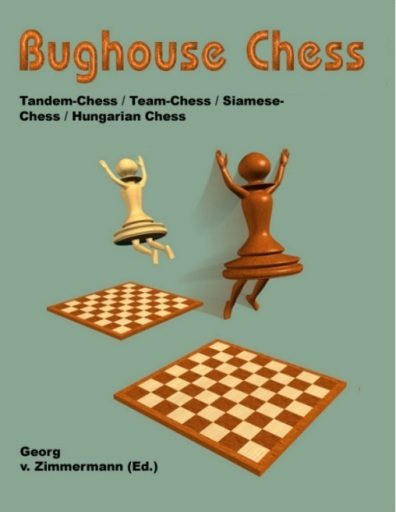
Everything before FICS can be called Dark Ages. Immediately before the emergence of bugboard, there were individual player notes. It was a time of "personal pages", usually in the form of a single HTML page, often without any images. The old ICC players had pagesand photo, and one of the first bughouse chroniclers on the Internet, Anders Ebenfelt, also posted links on his page.
Even then there were interviews with the different players of the time and different stories of how someone lost two jobs because of an addiction to bughouse, of struggles with addiction, descriptions of players styles, fragments of biography.
<WhoAmI> Hello Flesh
<Flesh> Where did you come up with the name "WhoAmI" ?
<WhoAmI> It's a mantra from some books on Self Realizations from some Indian Master
<Flesh> So you practice some sort of Zen ?
<WhoAmI> Well I try to meditate whenever I have some time
<Flesh> What is involved in meditating? How does one do it?
<WhoAmI> Well I don't know how others do it but I just sit there and ask myself over and over again "Who am I?"
<Flesh> Do you ever answer yourself?
<WhoAmI> No, I believe there is no answer (at least no answer the mind can come up with) the answer lies beyond the mind itself
DragonX also attempted classification in the early 2000s. His site existed for a very short time, and only a few fragments have survived.
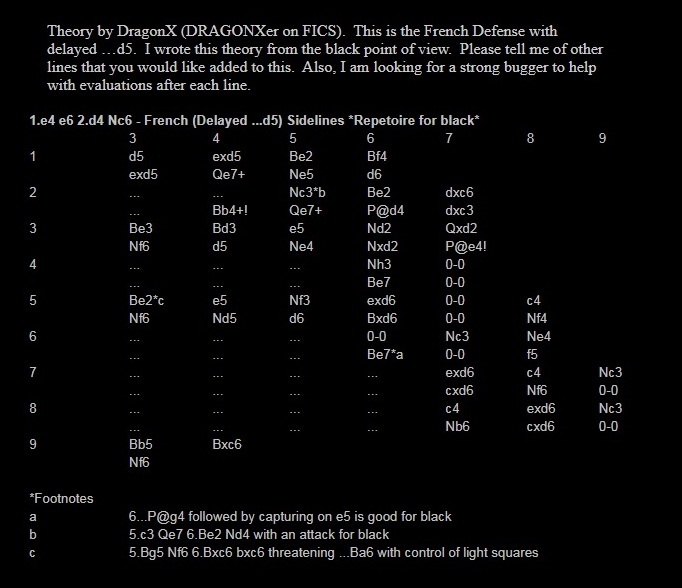
There may have been some discussions on FICS channel 24, but few people saved them and as we know, it was mostly a dispute between buggers.

This is DrZukhar's project in 2002. I couldn't find anything related to content in HTML files and maybe it wasn't even finished.
I've talked to some of the players about it. I've heard a couple of stories that I can't confirm or deny, I also got it that it's all too scrappy. The bugboard discussions were probably full of controversy, but the board is long gone and modern forums are fleeting.
I asked something like, "How did you play openings bug in the old days?"
exMOНAX: Playing white, I always liked the scheme with 1.d4 2.Nf3 3.Bf4 4.e3 5.Nbd2. Black played either 1...d5 2.exd5 e6 or 1... Nf6, and 2.e5 d5, and 2.Nc3 d5 3.exd5 e6
Bughouse has remained a chess subculture in various countries for several decades, and no one has studied the changes that have taken place in it. Somewhere players could write something down, but even with the advent of the Internet it remained a complete mess. Since when, for example, plays 1. d4 ... 2. a4 ... 3. Ra3? No one will tell you that.
In the past there was more prejudice about bughouse (recall the irony of David Pritchard) it could be perceived as too impulsive, chaotic and "wrong" except for certain groups of players.
Nowadays, when there are a lot of videos with games of high quality bughouse looks more perfect.
Sometimes it seems that the very idea of Encyclopaedia of Bughouse Openings as an ECO counterpart is not that important or it will be an online encyclopedia containing a coach in menu.
This was conceived by a quite some time ago on an old site, the idea wasn't fully developed, but even years later we can watch old games in real time.



